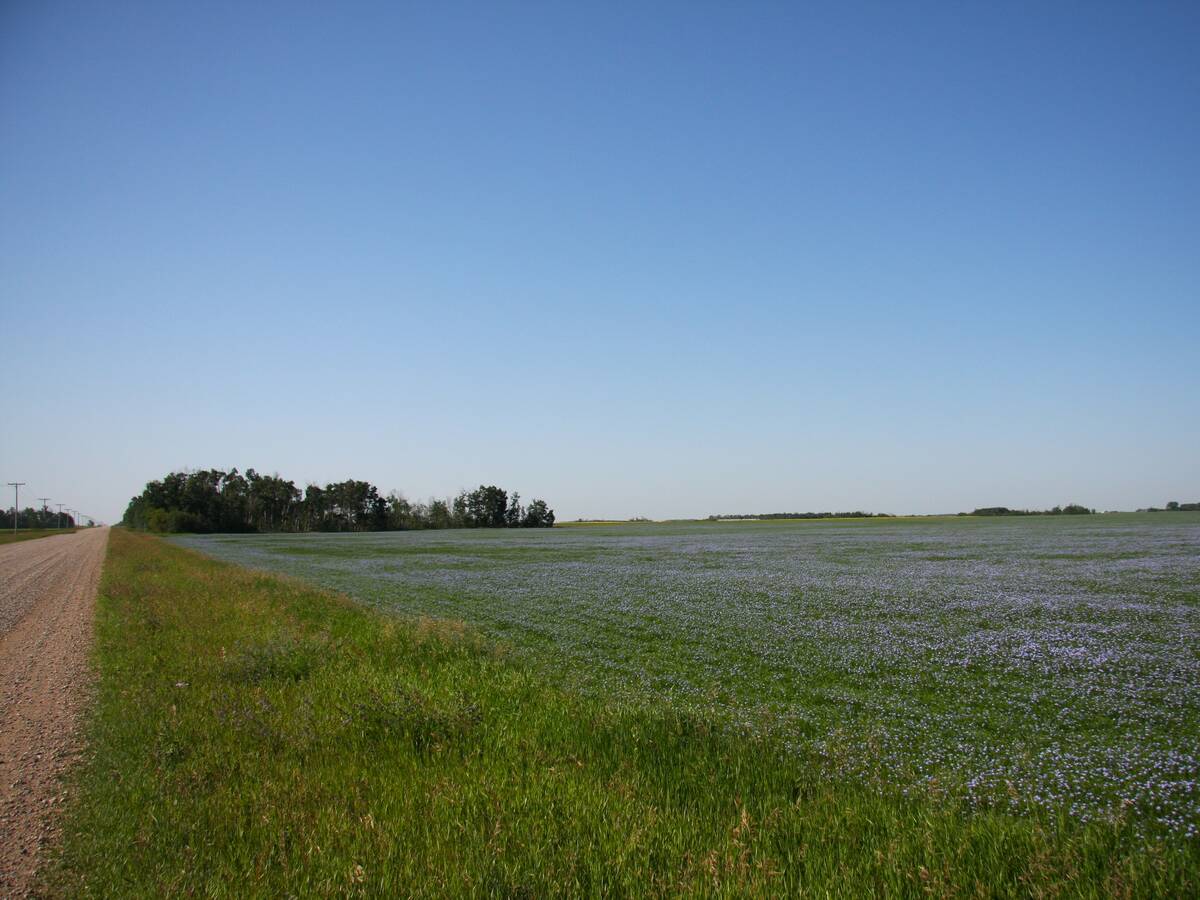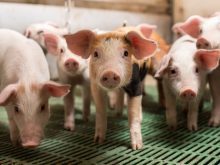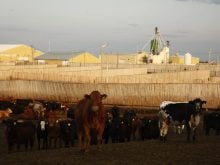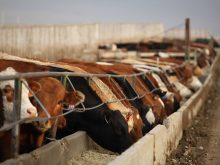RED DEER – As a grass farmer on marginal land northwest of Edmonton, Ray Fausak appreciates the value of manure.
“Manure can wake up some pretty rough-looking soil,” he said at a recent western grazing conference in Red Deer.
He runs cattle in an intensive grazing system all summer and operates a small backgrounding operation in winter for about 1,000 animals at Evansburg.
That small feedyard produces more than 600 wagonloads of manure, which he spreads on his pastures and hayland.
He has learned improving land is a long-term project that takes a minimum of five years before a turnaround is obvious. If a drought occurs or the land is overgrazed, good work is quickly undone.
Read Also

Farmland advisory committee created in Saskatchewan
The Saskatchewan government has created the Farm Land Ownership Advisory Committee to address farmer concerns and gain feedback about the issues.
“If you wreck it, you can go backwards two or three years,” he said.
He started adding extra manure to his pastures 10 years ago.
The land was almost depleted of organic matter and grass productivity was poor.
When land in his area was settled, the soil contained about 20 percent organic matter. Overgrazing and other farming practices decreased it to about one percent. Over time, Fausak has increased organic matter on his farm to an average of eight percent.
A one percent increase in organic matter results in 1,000 pounds of stored nitrogen per acre.
Judicious manure applications in thin layers supplemented with commercial fertilizer has contributed to the improvements.
Proper spreading is crucial.
He spreads about five to six tonnes per acre in the spring and finds chain harrowing afterward helps break up chunks.
Before spreading, plants should be grazed down to about five centimetres tall so roots get the benefit.
If manure is spread during the leafy plant stage, plants could be smothered and die.
Fausak has also learned that encouraging the thatch layer on grassland protects nitrogen stores. A good layer of thatch protects vulnerable soils from compacting as cattle move through.
Raising soil quality is a major commitment of time and labor.
During the grazing season, he moves his cattle every two hours to use pasture and replace nutrients.
This is done for several reasons. Frequent moves prevent piles of manure from forming in one spot. Too much manure in one spot causes brown patches in a pasture.
As the soil improves, grass growth improves.
Four years ago, he began collecting data on his fields to see if better soil affected grass productivity and weight gains among his cattle.
While the cattle appear to show better gains on improved pasture, he feels it is difficult to evaluate animal productivity because improvements happen over time and involve an interaction of many elements including stocking rates, climate and soil quality.















